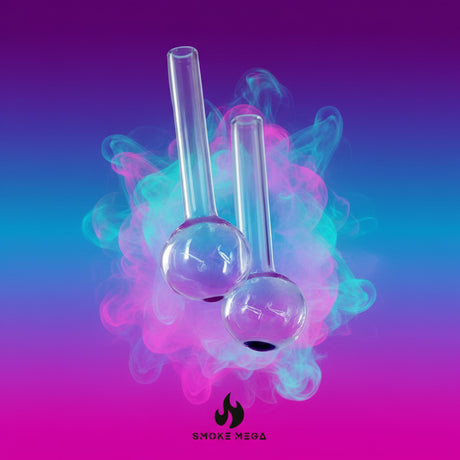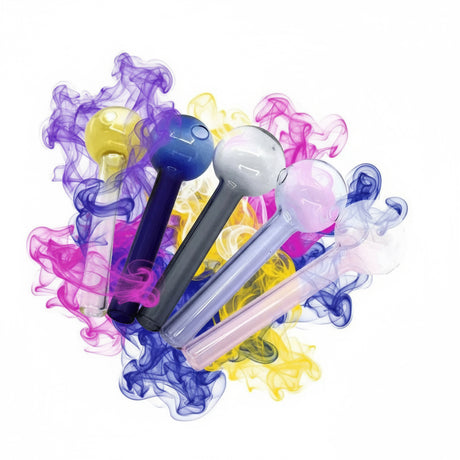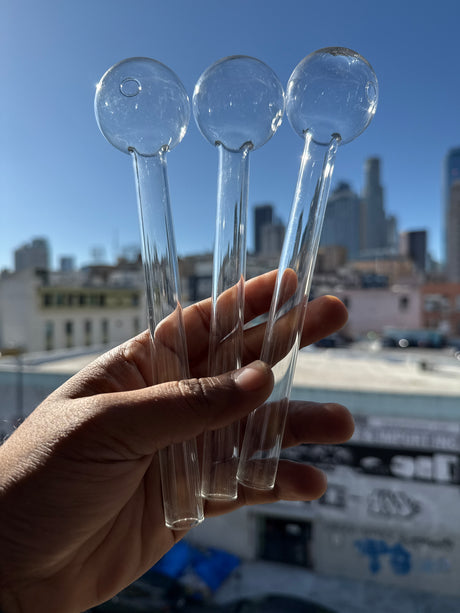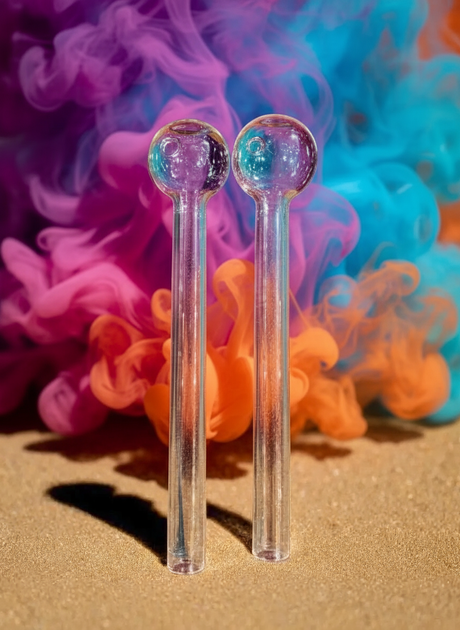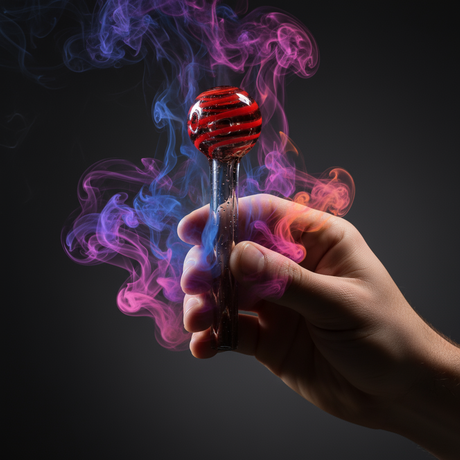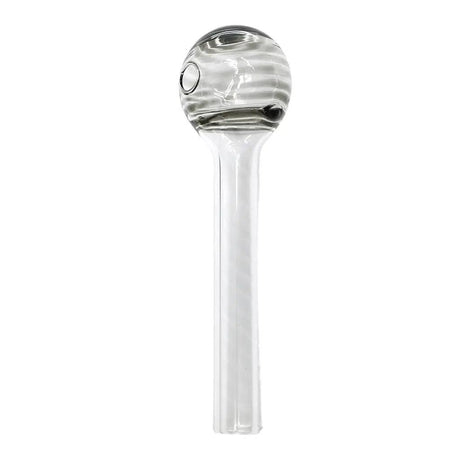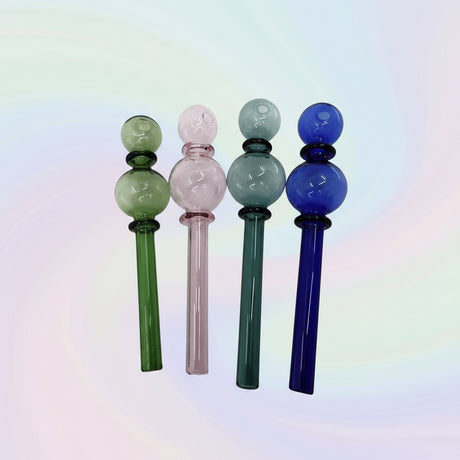Recent Posts
The Ultimate Thanksgiving & Friendsgiving Gift Guide: Perfect Picks for Every Budget
Published on November 12, 2025
Cyber Monday Steals: Top Bongs, Dab Rigs, and Oil Burners for the Best Value
Published on November 12, 2025
The Ultimate Black Friday Stocking Stuffer Guide (Awesome Gifts Under $30)
Published on November 12, 2025
Your Go-To Online Smoke Shop: Discover Top Bongs & Dab Rigs for Effortless Hits
Published on October 03, 2025
Top 3 Nectar Collectors For Sale In The USA
Published on July 20, 2025
Premium Weed Box Prices in 2025: $39.99 to $149.99: Unbeatable Value
Published on July 09, 2025
Did Mesopotamia Have Hookahs?
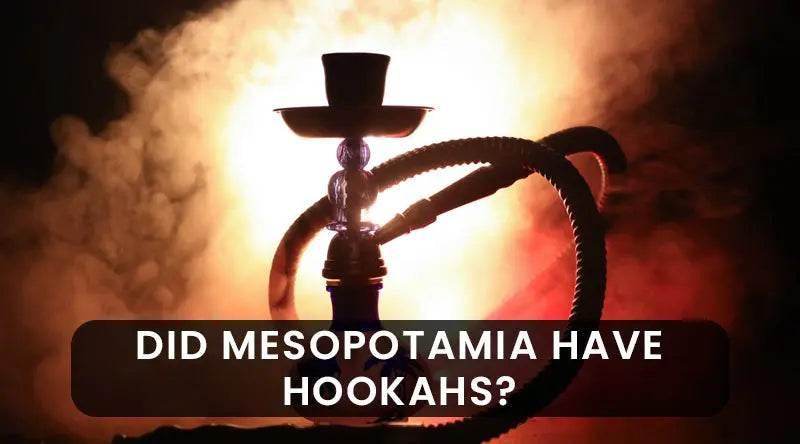
CP SMOKE MEGA |
In ancient Mesopotamia, a land known for its rich history and cultural advancements, the use of hookahs was a common practice that has intrigued experts to this day. While it may come as a surprise to many, archaeological evidence suggests that Mesopotamians enjoyed the art of smoking through elaborate apparatuses similar to modern hookahs. These early versions were crafted with great skill and often adorned with intricate designs, reflecting the artistic prowess of the civilization.
Ancient Smoking Practices in Mesopotamia
Ancient Mesopotamians had a deep-rooted tradition of smoking, making it an integral part of their society. Smoking was not only a common recreational activity but also held ritualistic and spiritual importance. It was seen as a way to connect with the divine and seek insight or guidance.

The act of smoking in Mesopotamia was widespread among various social classes. From nobles and priests to commoners, people from all walks of life indulged in this ancient practice.
Smoking served as a form of leisure and relaxation, creating an atmosphere where individuals could unwind and engage in social interactions while enjoying the calming effects of smoke.
Evidence of Hookah-Like Devices
The existence of hookah-like devices in Mesopotamia is supported by archaeological evidence. These devices were intricately crafted with a focus on both functionality and aesthetics. Ancient artisans displayed remarkable skill in designing these artifacts.
The hookahs discovered from that era were made from various materials such as terracotta, bronze, or precious metals like gold and silver. They featured elaborate patterns and designs, showcasing the craftsmanship of Mesopotamian artisans.
These early iterations of hookahs comprised an apparatus that allowed for the filtering and cooling of smoke through water or other liquids, similar to modern hookahs.
Social and Ceremonial Use
Hookahs played a crucial role in social gatherings and ceremonial events in Mesopotamia. They were often used as a centerpiece, around which people gathered to partake in smoking rituals and engage in meaningful conversations.
During communal gatherings, individuals would bond over the shared experience of preparing the hookah and enjoying the blends. These gatherings promoted social cohesion and strengthened relationships within the community.

Furthermore, hookahs were an integral part of various religious and cultural ceremonies. They were used as tools to communicate with deities or invoke spiritual experiences, adding a sacred dimension to the act of smoking.
Ingredients and Blends
The blends enjoyed through these ancient hookahs consisted of a variety of ingredients. Herbs, fruits, and aromatic plants were commonly used to create unique flavors and scents that enhanced the smoking experience.
Mesopotamians experimented with different combinations of ingredients to create blends that catered to their preferences. The resulting flavors ranged from refreshing fruity concoctions to more complex herbal infusions.
These tobacco-free blends not only provided sensory pleasure but also served medicinal purposes, as certain herbs were believed to possess healing properties.
Cultural Implications
The use of hookahs held significant cultural implications in Mesopotamia. It was deeply intertwined with their daily lives, influencing their social structure, identity formation, and sense of community.
Smoking through hookahs became a symbol of status and sophistication among the elite classes. It represented wealth and power, showcasing one's ability to afford such luxurious items.
Moreover, smoking rituals facilitated bonding between individuals and fostered a sense of belonging within the community. The act itself became an important part of their cultural heritage.
Legacy and Influence
Mesopotamian hookah practices left a lasting impact on later civilizations' smoking traditions. It served as a precursor to the development of hookah culture in other regions, leaving behind a legacy that lasted for centuries.
The art of smoking through elaborately designed devices was embraced by various cultures across the globe. As trade routes expanded and cultural exchanges took place, the concept of using hookahs spread and evolved, giving rise to diverse smoking practices.

Today, the influence of Mesopotamian hookahs can still be observed in the modern-day hookah lounges and gatherings where individuals come together to enjoy smoke-filled sessions.
The Evolution of Hookahs
Over time, hookahs have evolved and undergone changes in design, purpose, and cultural significance. The development of hookahs has been influenced by various factors, including geographical spread, technological advancements, and changing social norms.
One aspect of their evolution is the expansion of materials used in manufacturing hookahs. While ancient Mesopotamian hookahs were often crafted from terracotta or precious metals, modern hookahs have adopted a wider range of materials such as glass, stainless steel, and acrylic. These materials offer durability, ease of cleaning, and enhanced smoking experiences with improved heat management.
The purpose of hookahs has also transformed over time. In addition to their historical ceremonial and social roles, modern hookahs are frequently used for recreational purposes. Hookah lounges have emerged as popular meeting places where people gather to enjoy conversations and flavored tobacco blends.
Technological innovations have played a significant role in the modernization of hookahs. The introduction of electronic or "e-hookahs" has provided an alternative experience that eliminates the need for burning charcoal or tobacco. These electronic devices use battery-powered heating elements to produce vapor instead of smoke. E-hookahs offer convenience and portability without compromising the traditional flavors associated with hookah smoking.
The Global Influence of Hookah Culture
The popularity and globalization of hookah culture can be witnessed across different continents today. Countries such as Egypt, Turkey, India, Brazil, and the United States have embraced hookah smoking as a part of their cultural fabric.
In Egypt, for example, hookah smoking is deeply ingrained in society. Traditional cafes known as "shisha bars" provide a vibrant atmosphere where locals and tourists come together to enjoy flavorful tobacco blends through beautifully designed hookahs.
In recent years, hookah lounges have gained popularity in the United States and Europe, attracting a diverse clientele. These establishments often offer a wide selection of tobacco flavors, making it an enticing experience for individuals seeking a relaxed social setting.

The global reach of hookah culture has also influenced the tobacco industry. Many established tobacco brands now manufacture specific blends tailored for hookah use. These blends incorporate unique flavors and preferences from different regions around the world, giving hookah enthusiasts access to an extensive range of options to suit their taste and preferences.
Furthermore, the rise of online platforms and e-commerce has made it easier for individuals to purchase hookahs and accessories from anywhere in the world. This accessibility has contributed significantly to the dissemination and growing popularity of hookah culture across borders.
Key Takeaways
- Mesopotamia had hookah-like devices, reflecting the ancient civilization's advanced smoking practices.
- These devices were crafted with intricate designs and made from various materials.
- Hookahs served both social and ceremonial purposes in Mesopotamian culture.
- The blends enjoyed through hookahs included herbs, fruits, and aromatic plants.
- Mesopotamian hookah practices left a lasting legacy and influenced smoking traditions in later civilizations.
Frequently Asked Questions
Here are some common questions about hookahs and their relevance to Mesopotamia:
1. What was the purpose of hookahs in Mesopotamia?
In Mesopotamia, hookahs served both social and ceremonial purposes. They provided a means for individuals to gather, engage in communal activities, and enhance rituals through smoking.
The captivating designs of these ancient devices also reflected the artistic prowess of the civilization.
2. Were hookahs used by all social classes in Mesopotamia?
Absolutely! Hookah smoking was a prevalent practice among individuals from all walks of life in ancient Mesopotamia. Nobles, priests, and commoners indulged in this tradition as a form of leisure and relaxation.
The act of smoking through hookahs created an atmosphere where people could unwind and enjoy each other's company.
3. What kinds of ingredients were used in Mesopotamian hookah blends?
Mesopotamians experimented with various ingredients to create flavorful blends enjoyed through their hookahs. These blends often included herbs, fruits, and aromatic plants.
The choice of ingredients allowed for a wide range of unique flavors that enhanced the sensory experience of smoking.
4. Did Mesopotamian hookah practices influence later civilizations?
Absolutely! The use of hookahs in ancient Mesopotamia had a profound impact on later civilizations' smoking traditions. The cultural influence extended across regions and played a significant role in shaping the development of various smoking practices worldwide.
The artistry and craftsmanship displayed in Mesopotamian hookahs left a lasting legacy on subsequent cultures' smoking rituals and designs.
5. In what ways did hookahs represent status in ancient Mesopotamia?
In ancient Mesopotamia, hookah smoking was associated with wealth and social standing. Owning an intricately designed hookah showcased one's affluence and sophistication.
The use of the luxurious hookah devices at social gatherings also symbolized power and privilege in the society of that time.
Final Thought
In conclusion, the presence of hookah-like devices in ancient Mesopotamia sheds light on the advanced smoking practices prevalent in that civilization. These hookahs served not only as a means of relaxation and social bonding but also held cultural and ceremonial significance. Their intricate designs and use of various materials showcased the artistic skills of Mesopotamian artisans. Through the blends enjoyed in these ancient hookahs, Mesopotamians explored a variety of flavors using herbs, fruits, and aromatic plants. The legacy of Mesopotamian hookah practices can be seen in the influence they had on later civilizations' smoking traditions, shaping the development of diverse smoking rituals across time and geography. The study of ancient cultures like Mesopotamia allows us to gain insights into their customs and ways of life. By exploring their unique practices such as hookah smoking, we expand our understanding of human history, artistry, social interactions, and cultural expressions. The enduring impact of hookah culture continues to captivate people today, bridging the divide between past civilizations and modern society.

